The Hopi Tribe is a sovereign nation in northeastern Arizona
Hopi is a Native American tribe from Arizona. They speak a language called Hopi. The word Hopi means “people who live along the river.” Hopi culture has been around since at least AD 1200. Their main religion is called Hopi. The Hopi believe that they came from the sky. They also believe that their ancestors created the earth and the universe.
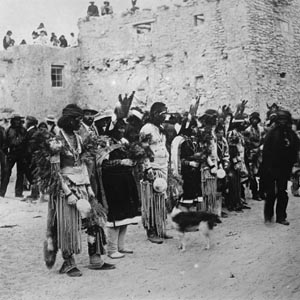
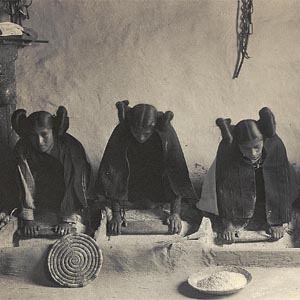
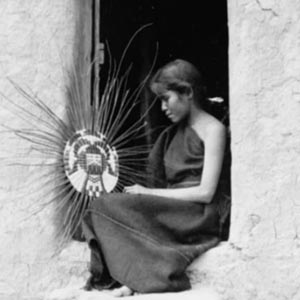
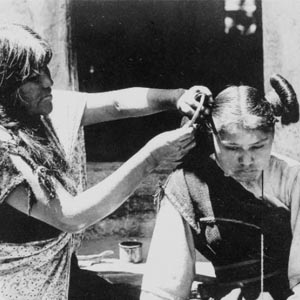
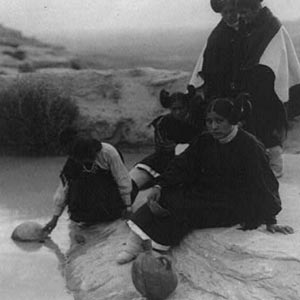
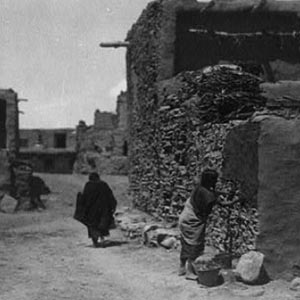
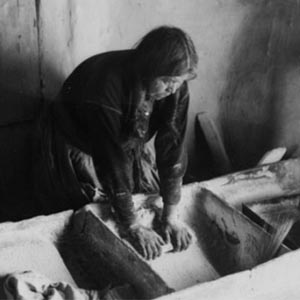

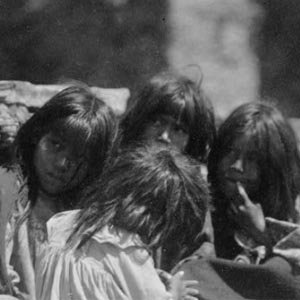
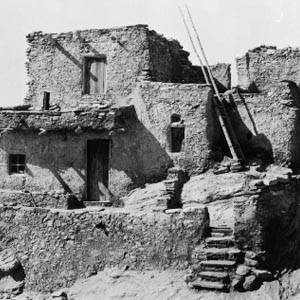
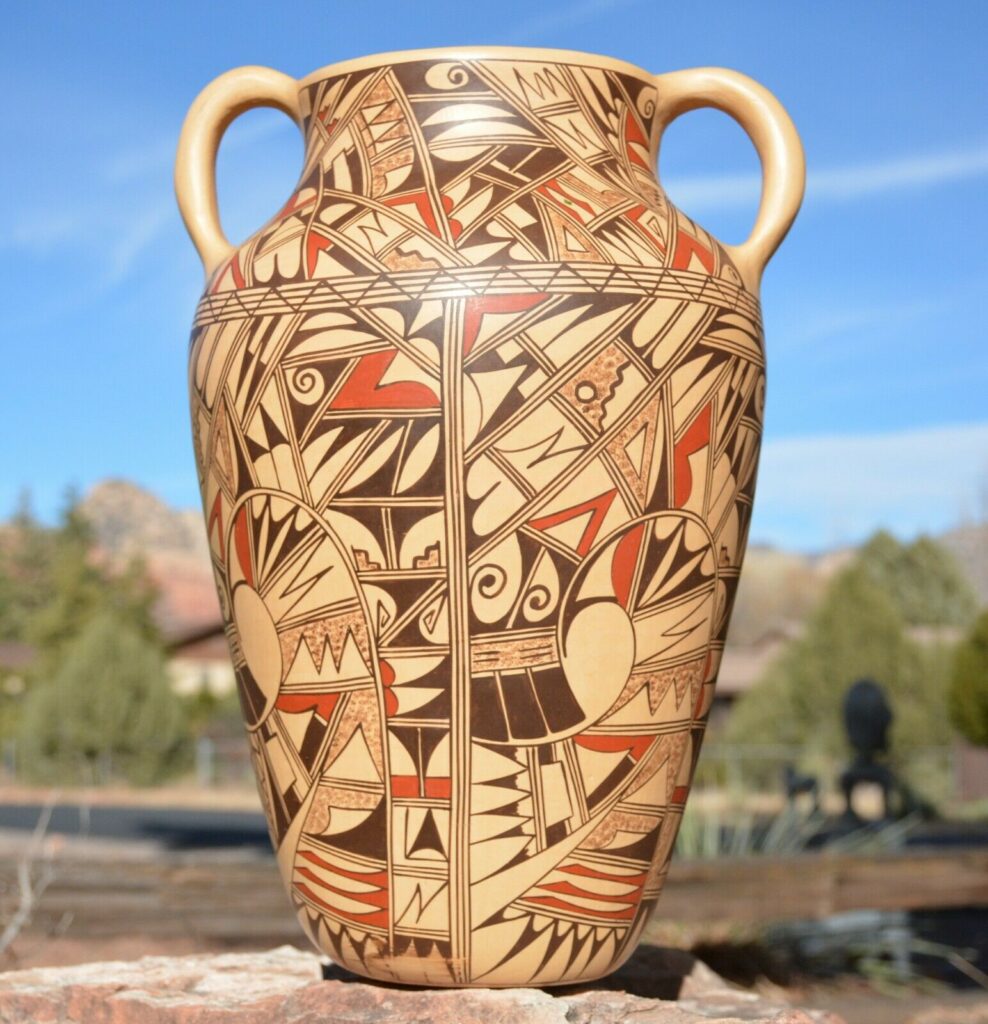
History of The Hopi
The Exciting History of The Hopi Tribe
Hopi is a Native American Tribe located in Arizona. Hopi is a unique culture because it is a matriarchal society. This means that women play a big role in the community. Women are considered the spiritual leaders of the tribe. Men are not allowed to wear earrings or have tattoos.
The name Hopi comes from a Native American word. It means “river people.” People named this way were nomadic tribes and had little understanding of agriculture, so they moved from place to place with each new season. Hopi was probably one of these tribes, and there is no concrete evidence for this. There have only been six villages on the Hopi Reservation over the history of Hopi. The first Hopi village was located along the rivers of northern New Mexico. Later, the Hopi migrated further south into the highlands of Arizona. The Hopi currently reside in four towns, all in northeastern Arizona: Hotevilla, Kimball Junction, Shungopavi, and Tuba City.
The Hopi reservation contains approximately 533 sq miles (1400 km2) and has an estimated population of 30,000 people. Most of the land belongs to them, and about 60% of the tribe lives on government-owned lands—approximately 25% of the Hopi live off-reservation.
There are six major divisions within the Hopi Tribe
- The Hopi Tribal Council
- The Hopi Education Board
- The Hopi Health Board
- The Hopi Arts Board
- The Hopi Social Services Board
- The Hopi Religious Board
Each board has special duties in its area. For example, the social services board helps families get food stamps, medical care, and housing. The health board cares for public health. The education board oversees schools, colleges, universities, and training programs. The cultural arts board oversees art galleries, museums, dance companies, theatrical groups, music bands, and other cultural organizations. And finally, the religious board coordinates the services of church missionaries, priests, and ministers.
Famous Hopi Chiefs
A few famous Hopi include; Chief Dan George, a well-known political leader. Bill Benally, a former football player turned actor, and Alice Sebold, a writer best known for her novel, The Lovely Bones.
Hopi History: Hopi became a federally recognized tribe in 1918. Between 1900 and 1910, the reservation housed more than 13,000 members of the Navajo and Apache Tribes. In 1910, Congress passed the Hill Act, which forced the relocation of several hundred Navajo and Apache off the reservation. That same year, the Bureau of Indian Affairs authorized the construction of three boarding schools on the reservation. These schools operated until 1971 when many students returned home because of inadequate facilities. By 1973, Hopi membership had dropped to under 2,000. As a result of these pressures, some nonmembers began taking up residence on the reservation. Today, approximately 15-20 percent of the Hopi are not Indians. This group includes full-bloods and part-bloods who are either white or Hispanic. Because of their large number and lack of federal recognition, the Hopi have long contended that they should be considered a separate nation rather than a tribe.
Hopi Housing: There exists one general type of building among the Hopi. They are built using adobe bricks, but some can also be built using wood. Many buildings have two stories, while others may have as many as five. Houses range from 10 by 12 feet to 20 by 50 feet. Apartments usually contain one room and kitchenette, whereas larger houses contain multiple rooms. When there are available resources, homes are often connected to form townhouses, apartment complexes, or even entire suburban developments.
In addition to individual housing, the Hopi are responsible for the upkeep of at least 80 community centers. Some are simple structures, such as the “hobble” house, while others are elaborate multi-storied affairs with air conditioning, flush toilets, and running water. Most of these are used for dances and rituals. Other uses include meeting halls, classrooms, libraries, and auditoriums.
Life Expectancy: According to the United States Census Bureau, the average life expectancy for an American is 78 years. But among Native Americans, this figure is much lower. Only half of all Native Americans born today will live past age 65. Moreover, according to the National Center for Health Statistics, American Indians have a significantly higher rate of chronic diseases like diabetes and heart disease. Hopi people, however, have a relatively healthy life expectancy. The CDC reports that only 3 percent of men and 7 percent of women die before age 75. Also, according to the CDC, Native Americans suffer from more types of cancer than other ethnic groups. For example, breast cancer affects 1 in 5 Hopi women compared to 1 in 8 non-Indian women. Despite these rates, the Hopi are extremely active for their age. For instance, studies indicate that about 33 percent of Hopi adults participate in sports or exercise activities.
Hopi & Their Religion
Religion: Although most Hopi adheres to traditional religious practices, many have adopted Christianity – in contrast to the Zuni who believe in Earth Mother, Sun Father, and Moonlight-Giving Mother. Approximately 60 percent of Hopi belong to the Seventh Day Adventist Church, while another 26% are affiliated with Catholic Churches. However, most Christians do not practice traditional religious ceremonies like fasting or having special prayers. Even though many Hopi continue to observe religious holidays, celebrations are kept small and private. The Hopi believe in a supreme being called Tse Notsatze (the creator) and worship him through dance ceremonies. Dance is a key element of the Hopi religion. A person must purify his/herself before entering a ceremony. It is believed that during these ceremonial events, ancestors come back to visit the living.
Hopi spiritual beliefs revolve around three deities: Isnikinna (god of light), Kelekinna (god of rain), and Tiyanakwini (fire). These deities created the world and created mankind from earthy matter. They are described as the “first parents” who taught humanity how to walk upright and create tools out of stone. Today, Hopi refer to these gods as Ananinaa (elder parents), Kachinas (spirits), and Yumanaaya (ancestors). Each deity had separate rules for the tribes under its care. Some of these guidelines included rituals, offerings, and prohibitions. As one example, members of certain clans could not eat corn until the sun began to rise. Because corn is sacred to them, they would wait until the sun was up so that they could feast. Another rule prohibited hunters from hunting animals in the springtime because it signified new beginnings. Hopi often wears protective jewelry and clothing to prevent sickness or misfortune. This way, they didn’t disturb the spirits that reside within the objects. In addition, they believed that they had powers over thunderstorms and wind direction.
Language: Hopi language is spoken by perhaps 500 elders and 2,600 children. Its grammar consists of nouns, verbs, pronouns, and adjectives. Children learn the language from birth and use it throughout their lives. Traditional Hopi songs are taught orally to each generation from the first time someone learns to sing. No written form of Hopi exists; both oral and written records were lost when European settlers arrived on the reservation several hundred years ago.
Hopi Jewelry: Hopi artisans craft intricate beaded necklaces. They also make bracelets fashioned from copper wire. Silver earrings and anklets represent important aspects of Hopi culture. The designs reflect aspects such as family history, relationships, and protection. The Hopis have a rich tradition of making beadwork. They used various materials, including bone, wood, and shells. Beads made using different materials were often attached, depending upon the purpose. Necklaces, bracelets, earrings, and anklets were some examples. Since they believed every object was animated, they needed to be cared for properly. They would even ask that friends look after their items. They offer their handcrafted jewelry to buy at local shops. If you travel Hopi territory, it’s a must to stop by at one of their local jewelry outlets.
The Life of The Hopi